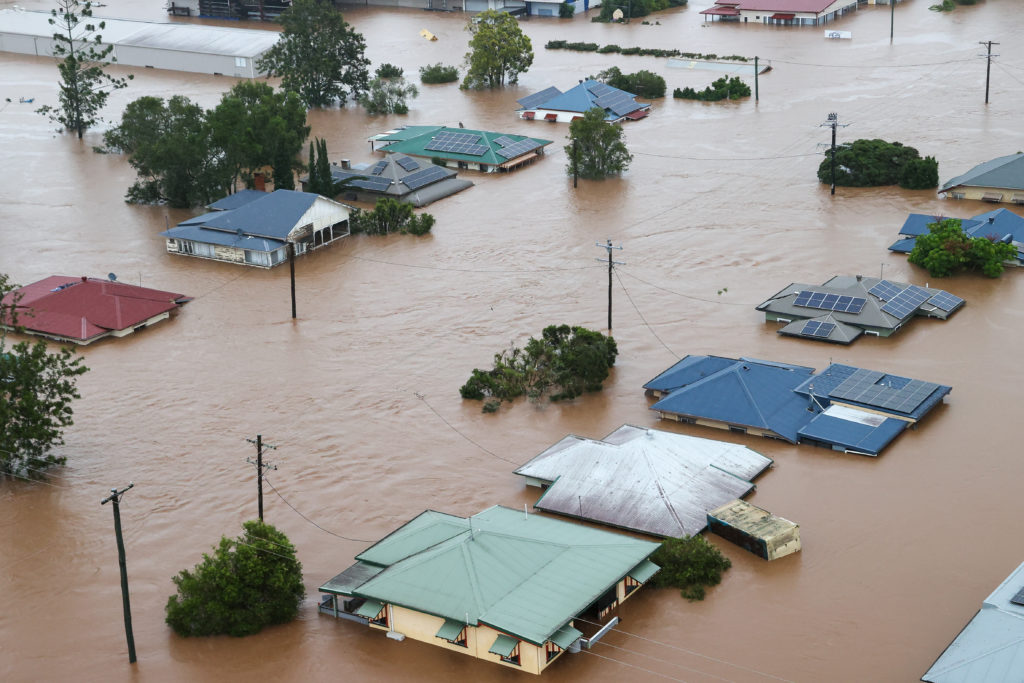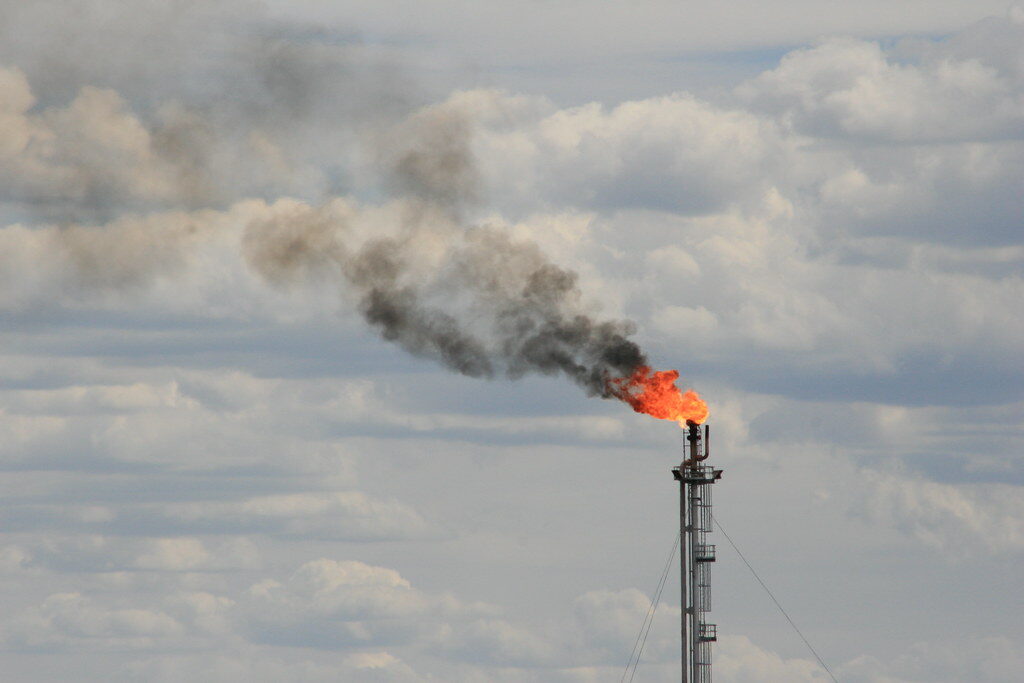The record-breaking and relentless deluge that has flooded towns and cities in Queensland and New South Wales is one of the most extreme disasters in Australian history, and the devastation is wide-ranging. It lasted days and flooded towns, causing tragic loss of life and submerging tens of thousands of homes and businesses.
The new Climate Council report ‘A Supercharged Climate: Rain Bombs, Flash Flooding and Destruction’ explains how climate change is intensifying extreme rainfall and how the frequency of these events is likely to almost double with each degree of further global warming.
For many communities dealing with flood emergencies, this is the latest in a long line of climate change-driven extreme weather events they have faced in recent years, including unprecedented drought, unprecedented Black Summer bushfires, unprecedented powerful storms, and unprecedented scorching heatwaves. It is time for action.
Correction: An error was corrected in this report on Thursday March 10. It now correctly reads: A “rain bomb” hit Brisbane and southeastern Queensland with around 60 percent of the region’s average annual rainfall occurring within three days. Brisbane received almost the same amount of rain in three days than London in the UK typically does over an entire year.

Key findings
1 Climate change is firmly embedded in the 2022 flooding emergency that swept through southeast Queensland and New South Wales with some regions experiencing rainfall that was simply off the charts.
- The intense rainfall and floods devastating communities in Queensland and New South Wales is taking place in an atmosphere made warmer and wetter by climate change, which is driven by the burning of coal, oil, and gas.
- The pattern of more intense rainfall events is well established in Australia. In recent decades, the intensity of short duration (hourly) extreme rainfall events has increased by 10 percent or more in some regions. Daily rainfall totals associated with thunderstorms have increased over the past 40 years.
- For each 1 C rise in global average temperature, the atmosphere can hold approximately 7 percent more moisture. A warmer atmosphere also means there is more energy to fuel storms that generate heavy rainfall. These factors increase the likelihood of extreme downpours.
- The higher that global temperatures rise, the worse such events become. Globally, the frequency of intense rainfall events is likely to almost double with each degree of further warming.
- While the occurrence of extreme events unfolding in Queensland and New South Wales is the result of several shorter-term meteorological factors, including the influence of La Niña and a particular combination of weather systems, the likelihood and intensity of extreme and highly destructive events such as these is increasing with climate change.
2. The relentless deluge that has flooded towns and cities in Queensland and New South Wales is one of the most extreme disasters in Australian history, and the devastation is wide ranging.
- At least 18 people have died and tens of thousands have been forced to leave their homes during the crisis that is devastating parts of Queensland and New South Wales.
- A “rain bomb” hit Brisbane and southeastern Queensland with around 60 percent of the region’s average annual rainfall occurring within three days. Brisbane received almost the same amount of rain in three days than London in the UK typically does over an entire year.
- Compared with the floods of 2011, much more water poured into catchments within a shorter space of time. The Brisbane River below Wivenhoe, for example, gained about 1,450 billion litres of water in under three days – enough to fill Sydney Harbour three times over.
- The economic costs of extreme weather events are rising, with flood disasters the costliest. At time of publication, the estimated current cost of insurance claims for this 2022 flooding emergency in Queensland and New South Wales is now $1.45 billion.
- The speed and severity of the flooding emergency caught many people by surprise with flood record levels previously set for some rivers smashed, and a record number of rescues carried out by emergency services.


3. For many communities dealing with flood emergencies, this is the latest in a long line of climate-fuelled extreme weather events they have faced recently.
- Climate change is driving sharp increases in both the frequency and severity of many extreme weather events.
- While Queensland and New South Wales have been hit with historic rainfall and floods, Tasmania endured its driest summer in 40 years and Perth has smashed its previous record number of summer days at or over 40 C.
- The recovery time for communities and emergency services between events is shrinking. Prior to the 2022 floods, the NSW coast was hammered by five severe rainfall events with daily totals exceeding 400mm over the past decade.
- Climate change also increases the probability of simultaneous disasters occurring in multiple locations, stretching emergency services personnel and resources.
4. Extreme weather events are worsening under accelerating climate change. Global efforts to cut greenhouse gas emissions this decade will determine how much worse things become.
- Governments, such as the Morrison Government, which have failed to substantially reduce emissions earlier have sentenced communities in Australia and around the world to more dangerous extreme weather events.
- The latest assessment from the world’s most eminent climate scientists warns that a gradual or slow response is not enough to avoid catastrophe.
- At this point, truly transformative climate action is required. This means at least halving global greenhouse emissions over the coming decade, and reaching net zero emissions globally by 2040 at the very latest.
- The Climate Council recommends Australia triple its efforts and aim to reduce its national emissions by 75% by 2030, and reach net zero by 2035. Failing to rapidly and deeply reduce global emissions will severely increase risks to Australian lives and livelihoods, communities and ecosystems. We must do our fair share to tackle the climate emergency.
“Climate change is playing out in real time here in Australia. We are dealing with a climate system on steroids. For many communities dealing with flood emergencies, this is the latest in a long line of climate-fuelled extreme weather events they have faced recently. Unless we act now and join the rest of the world to reduce emissions this decade, such disasters will only get worse.”
Professor Will Steffen, Climate Councillor, climate change expert and ANU Emeritus Professor











